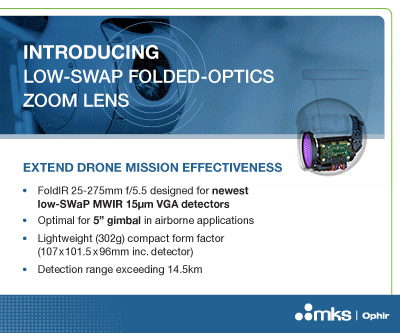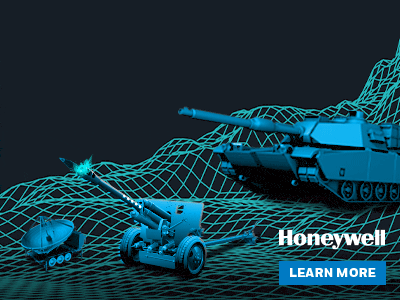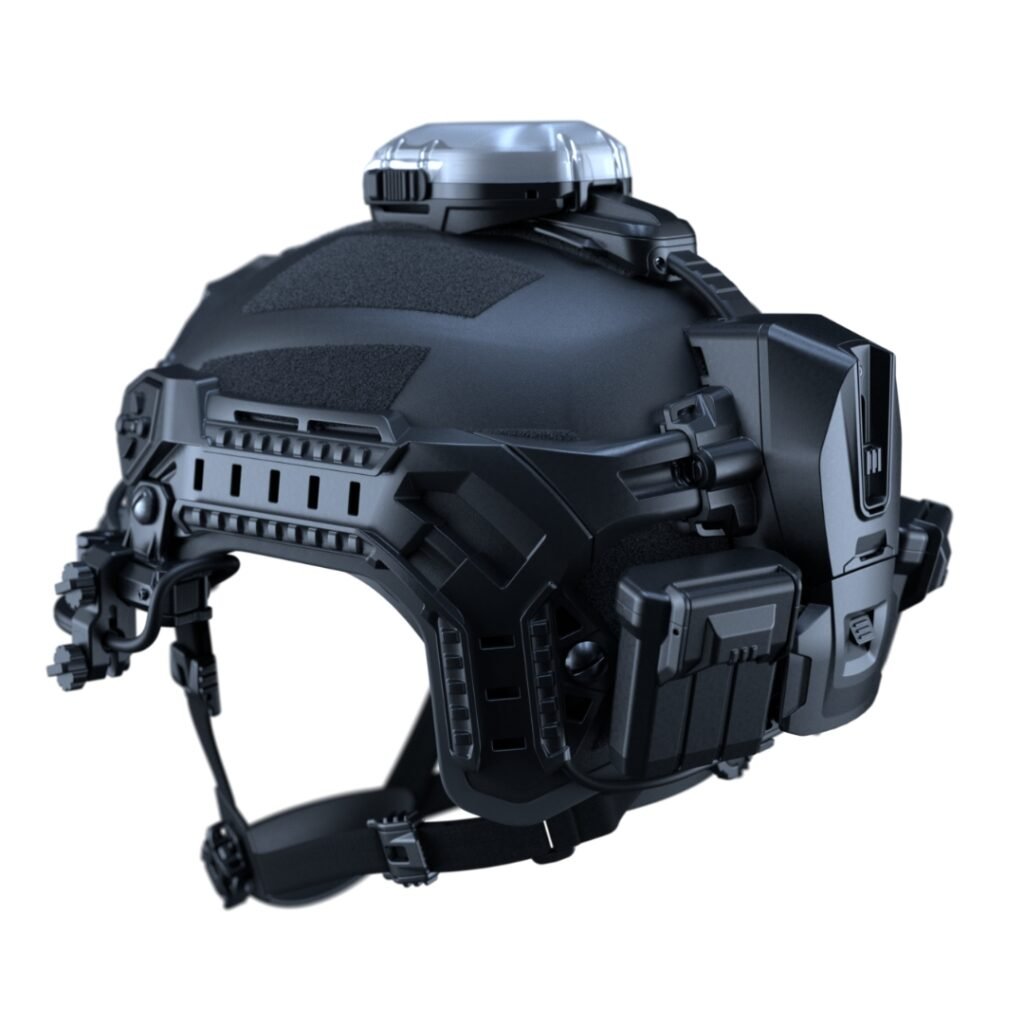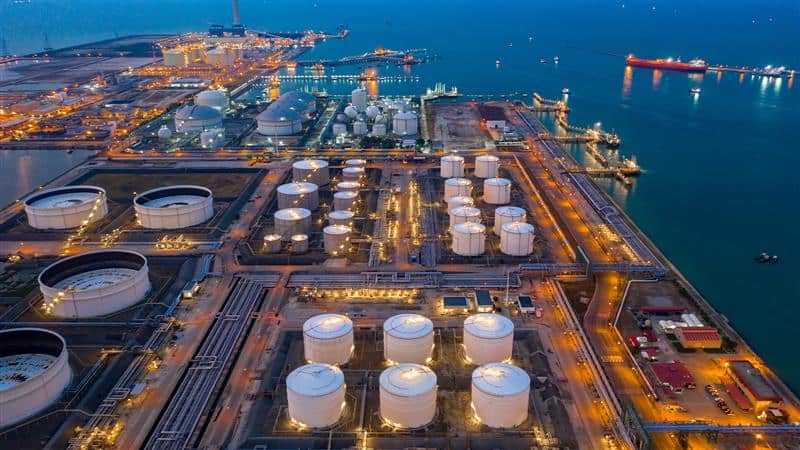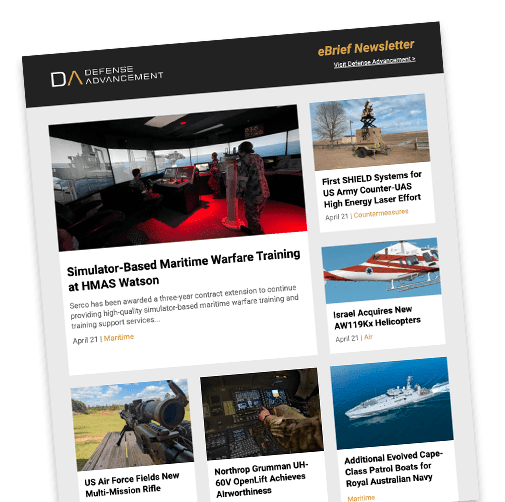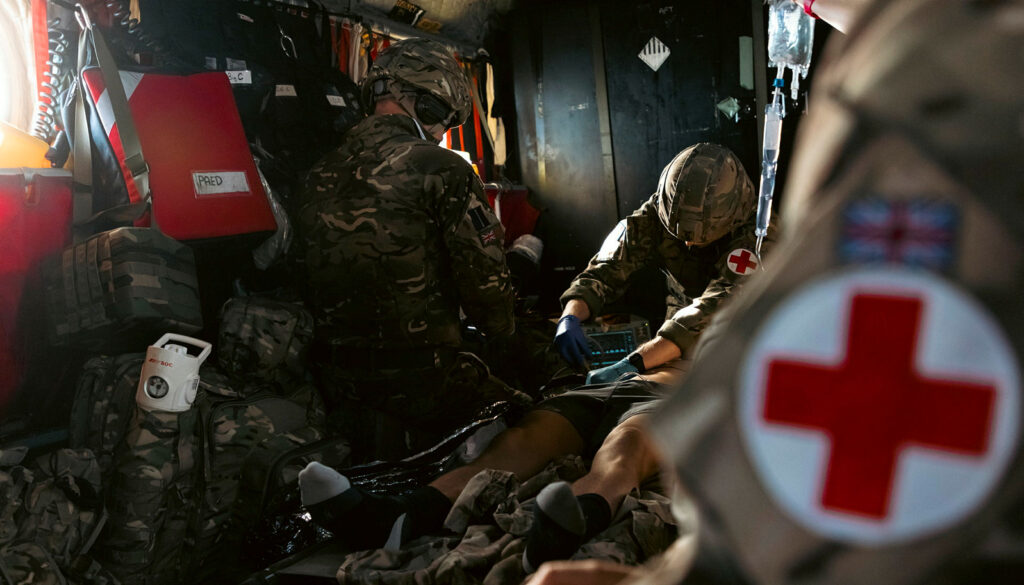
The Royal Army Medical Service (RAMS) was established to ensure the British Army’s healthcare system is fit for the future. The service consolidates three of the Army’s key healthcare corps—the Royal Army Medical Corps (RAMC), Royal Army Dental Corps (RADC), and Queen Alexandra’s Royal Army Nursing Corps (QARANC)—into a unified, modernized organization. The move demonstrates the UK Government’s commitment to maintaining world-class medical care for military personnel while aligning with the Future Soldier programme to modernize the British Army.
The Role of RAMS
The creation of RAMS ensures that the Army is well-equipped to meet the evolving challenges of modern warfare. RAMS delivers healthcare during military exercises, combat operations, and humanitarian missions, both at home and abroad. By uniting the expertise of medical, dental, and nursing professionals, RAMS enhances efficiency and collaboration, ensuring comprehensive care for soldiers and other military personnel.
Personnel within RAMS will operate as part of a multi-disciplinary healthcare system, supporting the Army’s core mission of maintaining a fit, healthy, and combat-ready force. While the Royal Army Veterinary Corps (RAVC) remains a separate entity due to its distinct combatant role, RAMS focuses entirely on the health and well-being of soldiers.
Key Changes and Modernization
The amalgamation of the RAMC, RADC, and QARANC into RAMS introduces several key benefits:
- Unified Command Structure: RAMS operates as a single corps under streamlined leadership, ensuring seamless coordination and resource allocation.
- Agile Workforce: Personnel can now work across different healthcare disciplines, maximizing their skills and talents.
- Enhanced Operational Readiness: The modernization effort equips RAMS with cutting-edge medical technologies, advanced training programs, and innovative healthcare solutions.
- Cultural Transformation: By fostering a unified and inclusive organization, RAMS is poised to attract and retain top medical talent while promoting professionalism and collaboration across its workforce.
RAMS’ Capabilities and Operational Role
The Royal Army Medical Service plays a critical role in the Army’s operational success, offering a range of services tailored to the demands of modern military operations:
- Primary and Emergency Care: RAMS provides rapid-response medical care for soldiers injured in combat or during training exercises.
- Specialist Healthcare: Dental, surgical, and nursing expertise ensure that personnel receive comprehensive treatment, from preventive care to advanced trauma support.
- Deployment Readiness: RAMS can deploy at short notice to provide medical services in conflict zones, disaster relief operations, and peacekeeping missions worldwide.
- Healthcare Innovation: The corps is equipped with mobile medical units, telemedicine systems, and field hospitals capable of delivering care in remote and austere environments.
Key Units and Locations:
- Field Hospitals: High-capacity facilities designed for combat environments.
- Medical Regiments: Units strategically located across the UK and deployed abroad to provide immediate care.
- Specialist Teams: Multidisciplinary groups supporting complex missions, including disaster response and humanitarian efforts.
Leadership and Vision
His Majesty King Charles approved the Royal Army Medical Service name, underscoring its importance to the Army and the nation. The RAMS operates under the leadership of the Master General Army Medical Services, Major General Hodgetts, who emphasized the importance of a unified, agile workforce capable of delivering leading-edge healthcare in an increasingly complex operational environment.
The modernization of Army medical services reflects a broader cultural transformation within the British Army, focused on adaptability, inclusivity, and excellence. According to Major General Hodgetts, RAMS is designed to “operate, fight, and adapt in uncertainty” while leveraging advancements in treatment and care to enhance operational effectiveness.
Preserving Tradition While Looking to the Future
Although RAMS consolidates three historic corps into one, the ethos of the founding corps—the RAMC, RADC, and QARANC—remains central to its identity. This modern corps builds on their proud legacy of service, ensuring continuity while evolving to meet the challenges of the 21st century.
Meanwhile, the Royal Army Veterinary Corps (RAVC) retains its independence due to its distinct legal and operational role. This separation ensures that both RAMS and the RAVC can continue to deliver specialized services tailored to their unique missions.





